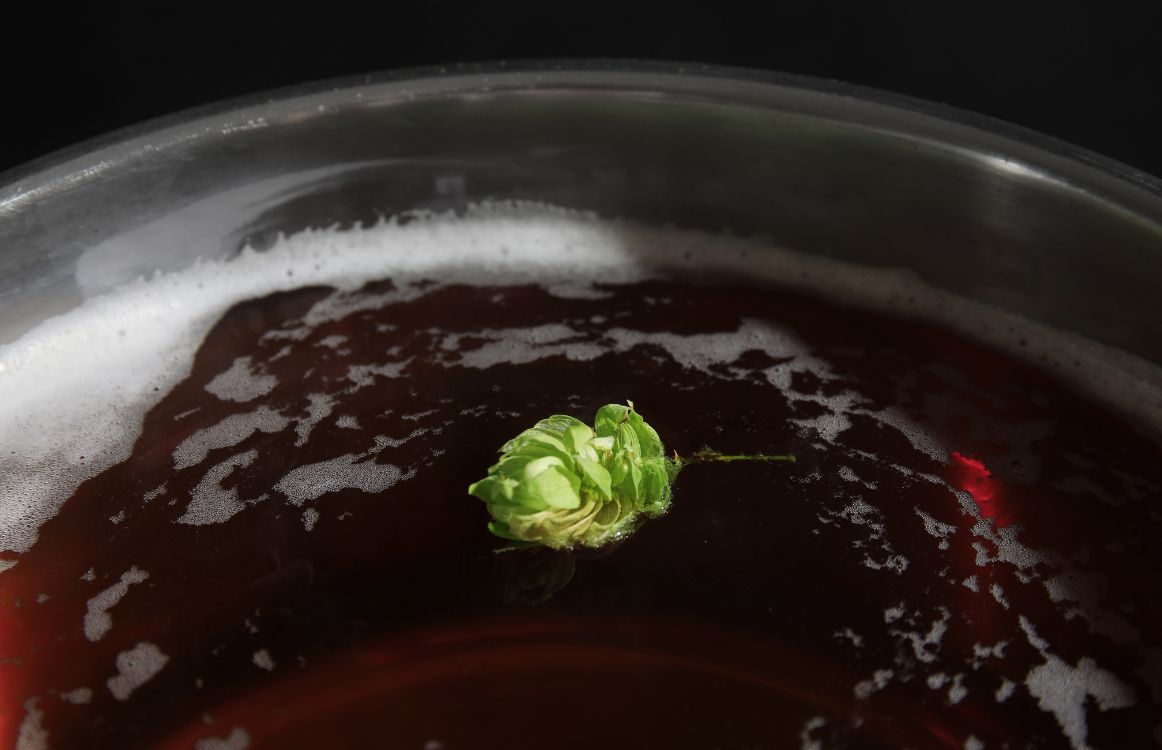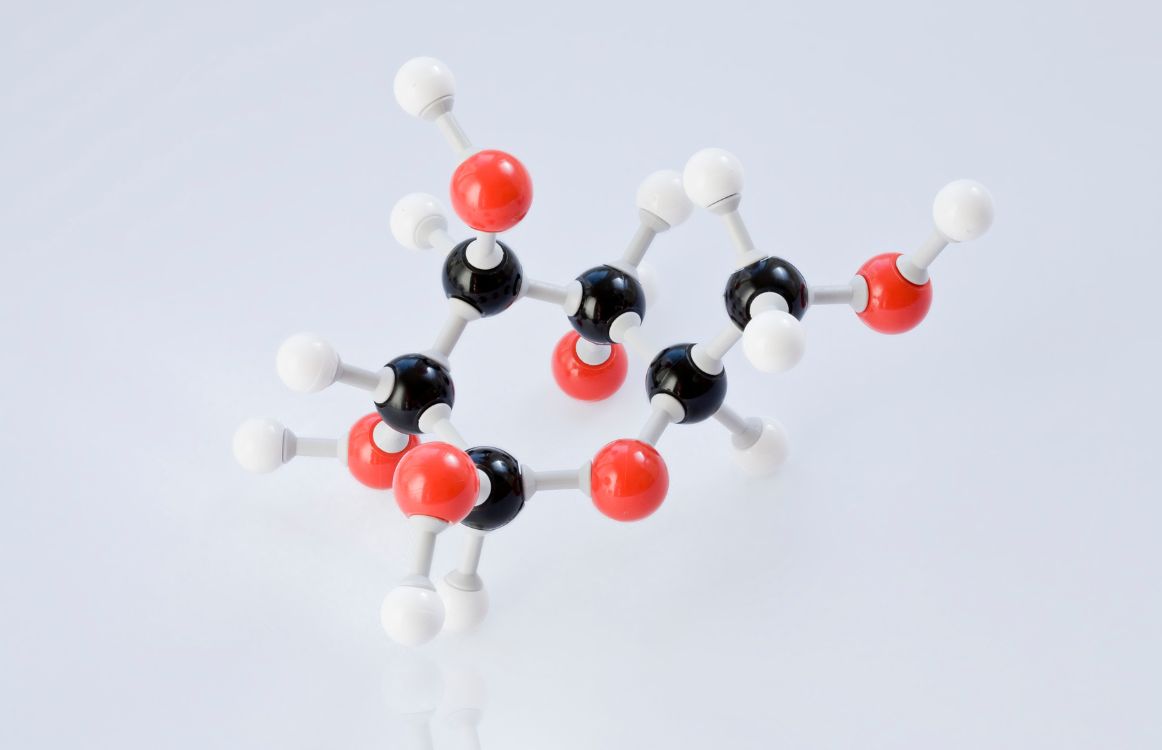The Optimal Glucose Concentration for Yeast Fermentation

If you’ve been thinking about the optimal glucose concentration for yeast fermentation, you’re in good company. Figuring out the right ratios of fermentable sugars to include in your wort or wine can be a head scratcher, and it has stumped more than a few brewers over the centuries. To get to the answer, it is helpful to first understand the fermentation process and how it works.
Why Yeast Needs Glucose for Fermentation
The first factor critical to understanding yeast fermentation, or any fermentation, really, is that glucose is the energy source of life. We all need glucose to survive, to keep moving, to keep living this amazing thing called life.
Yeast is no different.
From the very beginning of its existence here on earth billions of years ago, as a simple life form with a single cell and an enclosed nucleus, this eukaryotic cell has been in search of glucose for energy.
When we tell the story of the yeast cell, we typically say it consumes sugar, but the reality is it is looking for glucose.
Just like us.
We get our glucose in many forms, fruits, vegetables, grains, honey, cane sugar – you name it.
Yeast is much less complicated and isn’t necessarily looking for a tasty meal. It is looking for the easiest, most digestible sugars it can find.
Glucose.
Once it finds that sugar, it will consume it for energy, which allows it to survive and reproduce asexually, and then it expels carbon dioxide and alcohol as waste products.
We call that process fermentation.
So, when we make beer, wine, kombucha, ethanol, yogurt, pickles – anything you can think of that is fermented – what we are doing is containing that yeast in a liquid and putting that fermentation process to use for our own purposes.
From fermented foods we get tons of nutritional benefits, and from fermented beverages, we get many of those same benefits and beer to go with our burgers and wine to go with our pasta.
All we have to provide is glucose.
Glucose and Fermentable Sugars for Yeast Fermentation
When we talk about sugar for fermentation, we are talking about fermentable sugars. “Fermentable” here means yeast can convert the sugars to carbon dioxide and alcohol.
Yeast would obviously prefer the most fermentable sugars because that means less work for it. The more energy it has to expend searching for and consuming sugar, the more sugar it has to search for and consume. So simple sugars are best.
What does that mean?
Well, when we classify sugars, we put them in two categories – monosaccharides and disaccharides.
Monosaccharides have one sugar molecule and are easy to break down.
Disaccharides have two sugar molecules and are harder to break down.
Glucose, fructose, and galactose are all monosaccharides. Glucose is the fermentable sugar most commonly found in plants. Fructose is found in fruits, some vegetables, and honey. Galactose is found in peas.
Sucrose, lactose, and maltose are all disaccharides and made of combinations of glucose and fructose.
Also read: How Does Sugar Affect Yeast Fermentation
In wine, yeast is working with fructose. In beer, however, yeast is working with maltose. However, most grains, which are rich in maltose, in brewing are germinated. Germinating, or sprouting, the grains converts that maltose into glucose, thanks to an enzyme called maltase. Once the maltose is converted to glucose, it is easier for the yeast to ferment, and you can expect a smoother fermentation process.
What Happens When Yeast Gets too much Glucose
You would think this is a simple matter of “the more the merrier,” right?
So just make sure you have a ton of sugar in your wort!
Wrong.
The reality is that while more sugar will produce more alcohol and carbon dioxide, you actually need an ideal ratio of sugar, or glucose, to yeast.
Too much glucose to too little yeast and you will end up with stressed out yeast that gets overwhelmed. More sugar in your wort will draw liquid from the yeast and stunt its growth, inhibiting its ability to reproduce and ferment.
In this situation, you will likely have to pitch more yeast to get your yeast back in action.

What Happens When Yeast Gets too little Glucose
Conversely, if the glucose levels are too low, the yeast will not get the energy it needs to keep going, and your alcohol levels will be low. Your yeast will lie dormant, “sleeping” until they get more sugar.
The nice thing, at least, is that with too little glucose you can always pitch more glucose into your batch to get the yeast fermenting again.
Optimal Glucose Concentration for Yeast Fermentation
In both cases, you want to check your sugar concentration in your batch and you can do that by performing gravity readings.
Now, typically, beer wort will contain roughly 80-90% carbohydrates consisting of sucrose, fructose, maltose, glucose, maltotriose and dextrin material.
It’s clear then that the overall sugar composition in wort includes not only glucose, but also maltose, maltotriose, and other sugars derived from malted grains. These sugars collectively contribute to the fermentable content of the wort, and the yeast ferments them to produce alcohol and carbon dioxide during the brewing process.
Maltose and maltotriose are typically the main sugars in the brewing wort, while glucose only makes for 12-15% of the fermentable sugars.
In the end, it really depends on what you want to obtain and you can craft amazing beer with a little experimentation, so don’t be afraid to give it all you’ve got.
And, of course, as you work through experimenting with combining yeast or cultivating and harvesting your own, it is helpful to understand the yeast to glucose ratios and dynamics and how to measure for, and correct for, them.
Cheers!
Are you still pitching fresh yeast every time? By reusing your yeast, you can save up to hundreds of thousands of dollars per year on just yeast alone!
Join the hundreds of brewers and vintners from all around the world using the Smartest Automated Yeast Cell Counter! Request a Free Demo Account today and experience firsthand how Oculyze can take your brewery or winery to the next level!
Sources:


